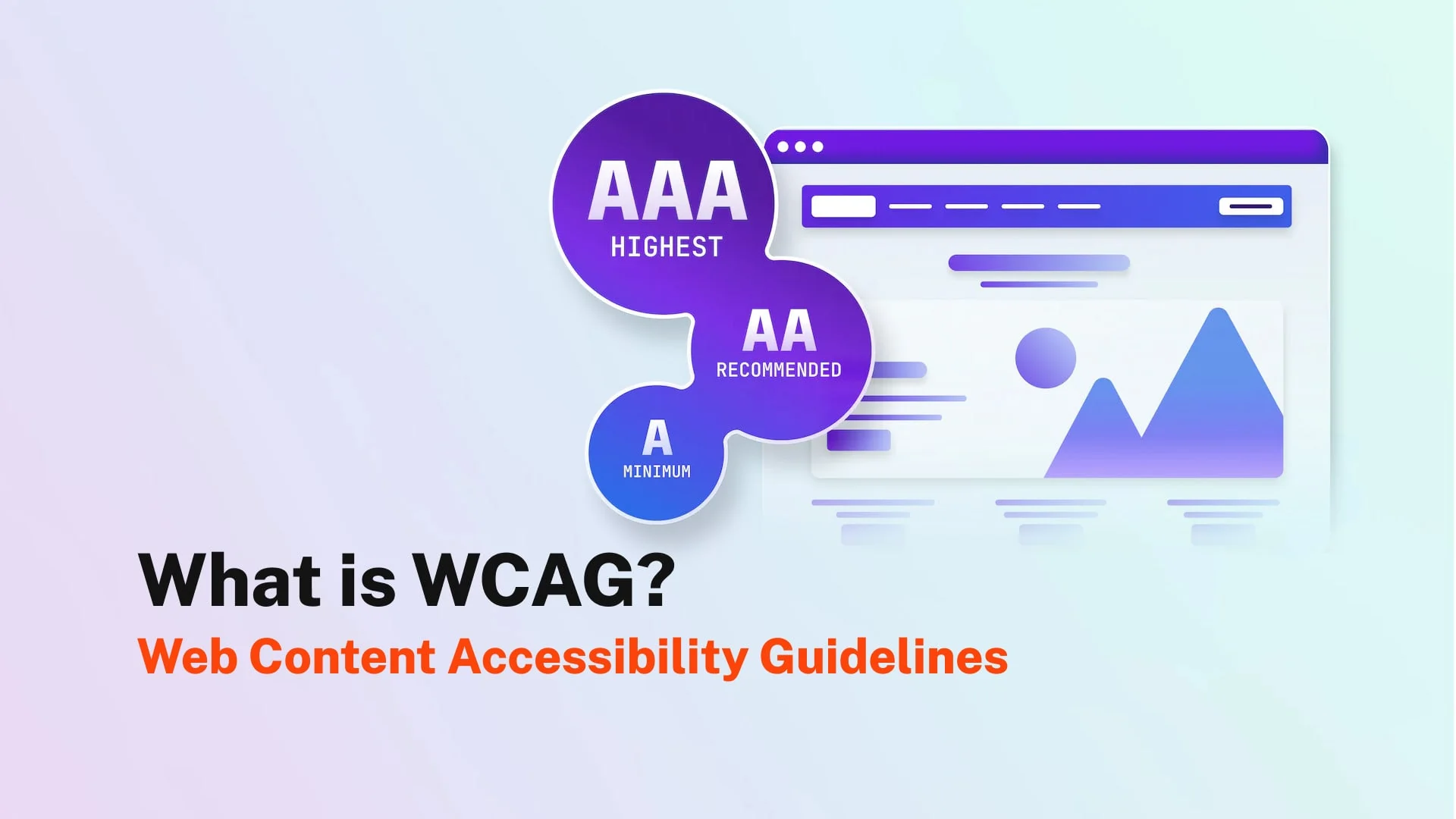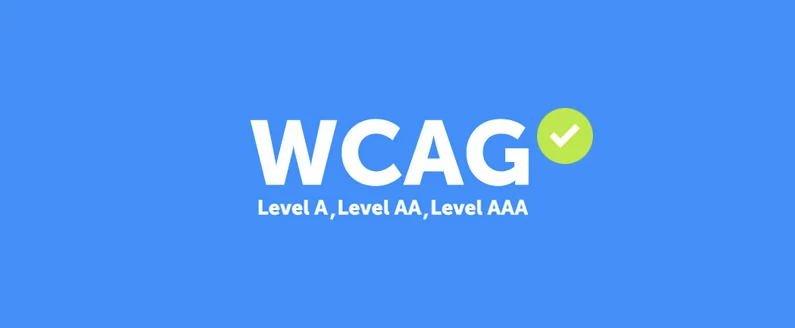
What is WCAG?
Web Content Accessibility Guidelines, as well as WCAG, was published by the World Wide Web Consortium’s (W3C) Web Accessibility Initiative (WAI). WCAG provides technical guidance on how to make web content more accessible topeople with disabilities and the elderly who have changing abilities due to aging.
The primary focus is on the people “who have long-term physical, mental, intellectual or sensory impairments which in interaction with various barriers may hinder their full and effective participation in society on an equal basis with others”

Level A classification isthe bare minimum a site can be considered accessible. It is the minimum level of conformance to the WCAG. This level signals that the site has conformed to the WCAG requirements or has an alternate version available for individuals with disabilities.
Conformance is only possible by meeting all of the Level A success criteria.
Level AA is he second level of conformance. This level signals that the website meets all of Level A’s criteria and Level AA’s.
The difference between Level A and Level AA is that a site must conform entirely under Level AA versus a part of the site or a page in Level A. Most websites will conform to Level AA success criteria.
Level AAA is the third level of conformance. Level AAA conformance signals that a web page has satisfied Level A, Level AA, and Level AAA criteria.
Fewer websites will conform to Level AAA because not all web content can meet all Level AAA success criteria.
Up to this point, we have WCAG 2.0 and their associated success criteria which are designed to be versatile and apply to various current and upcoming web technologies, including dynamic applications, mobile devices, and digital television.
WCAG success criteria are divided into three categories:
Sufficient techniques refer to those that are proven to effectively enhance accessibility on a website. Examples include compatibility with screen readers, options to increase font size, and use of clear colors and contrasts in design.
Advisory techniques are suggestions for further improving website accessibility, but may not be considered necessary for compliance due to factors such as lack of testability or reliance on technologies that are not yet established.
Failures refer to barriers that impede access for disadvantaged users and prevent a website from meeting WCAG standards, unless an alternative solution is provided. These are documented as examples of what not to do during the evaluation process.
The importance of WCAG for digital accessibility

Legal consequences:
In 2021, there were over 2000 website accessibility lawsuits filed, with an average of 10 digital accessibility lawsuits being filed each day, totaling over 4000 lawsuits. Despite this, many businesses and organizations have yet to comply with WCAG standards.
The cost for rework:
Products and content that do not meet WCAG standards must be reworked or entirely remade to comply with Section 508 standards. This process can be time-consuming and costly, causing frustration for content creators and developers, and negatively impacting productivity, project timelines and stakeholder perception of the organization.
Increased Revenue:
Compliance with digital accessibility standards can lead to increased revenue by making sure your digital information is accessible to all, including those who use assistive technology. This ensures that you are not missing out on a significant portion of the market that has disabilities.
Many organizations invest significant resources to expand their market share, and accessibility is a cost-effective way to ensure that no segment of the market is excluded.
Conclusion
Many government and healthcare organizations consider WCAG a requirement for online contents, and are committed to ensuring that all websites and online booking pages are accessible to the widest possible audience.
For this reason, adhering to these guidelines is an efficient way to meet the accessibility website standards as well as the needs of all users.
